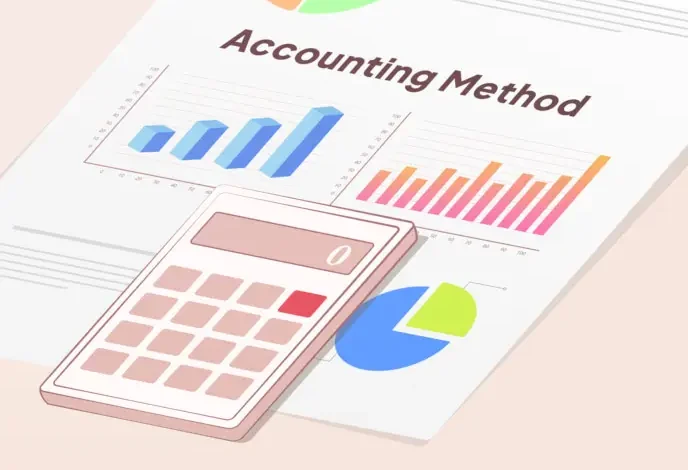Unraveling the Unique Tax Exemption for 52/53 Week Tax Filers: A Comprehensive Guide

Introduction
Explanation of a 52/53 week tax year
Summary of why some company/ person can be classified under this special category
52/53 Week Tax Year refers to where you file taxes based on the fiscal year that ends between January 1 and March 31.
The article provides a clear explanation of companies that operate on what is a 52/53 week tax filer.
How they differ from a standard Calendar year tax period from January 1 to December 31
Some reasons why the IRS permits this type of entity to maintain this split tax year structure
You’ll be using Tax Year 52/53 if you’re in one of the following categories:
List of Companies that meets the criteria and why so
– Retail businesses
– Manufacturing industry
– Other sectors of the economy that also experience quarterly or yearly adjustments.
– Sole traders and partnerships can also register for GST despite not having a fixed location where they can set up their business premises.
The tax year 52/53 is a system used by the UK government in the calculation of tax liabilities depending on the exact week of birth or reckoning of age of a person.
– Early tax year and late tax year meaning
– General guidelines regarding when filing of tax returns is required
– Specifically the presentation of the effects of the 53rd week in leap years
Theoretical Major Tax Issues and Recommendations
– The consequences for tax deadlines
– The accurate identification of the fiscal year is also relevant.
– Other compliance matters and factors that should be noted are
Advantages and Disadvantages of a 52 / 53 Tax Year
– Advantages like the fact that such methods are aligned with accounting periods
– Disadvantages such as cumulative intricacy
Should You Consider Switching? Who Might Benefit?
– Under which circumstances transition to this tax year can occur
– The circumstances under which it may lead to the imposition of additional costs
Summarizing Key Points
– Looking at the definition given, it is necessary to reiterate on it.
– Summarization of scenarios where this tax treatment is applicable
In the article the author concentrates on defining the concept of 52/53 week tax filer more so when writing the article the author does not use big or technical terms making it easier for the reader to understand the information given. The suggested title and headings also serve as useful navigation aids to guide the reader and provide structure to the text. If you would like I can make changes to the article or extend it if needed, just let me know.





